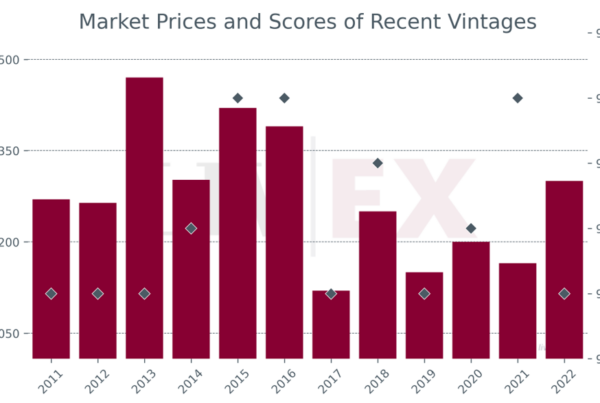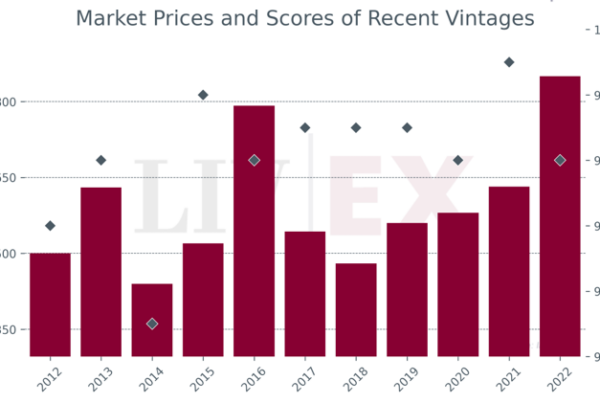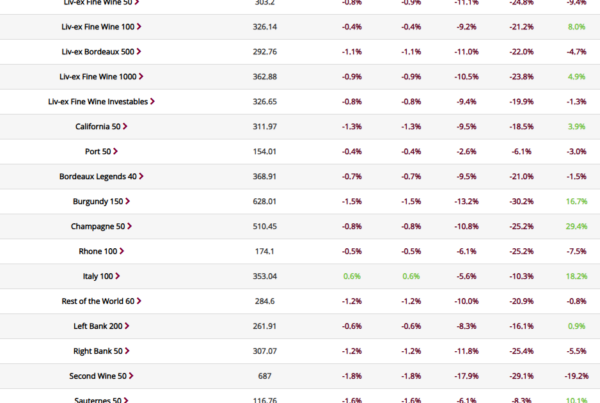Profile
Owner: Tenuta San Guido
Classification: DOC Bolgheri
Vineyard area: 75 hectares (covering all three wines produced)
Average annual production: 180,000 bottles
Colour: Red
Vineyards are planted with 85% Cabernet Sauvignon and 15% Cabernet Franc.
Other wines: Guidalberto and Le Difese
LWIN:1102037
History
Sassicaia means stony terrain, from the Italian word sasso (stone). The wine’s history began when Mario Incisa della Rocchetta – whose great-grandfather Leopoldo was an avid collector of vines – married the heiress to the Tenuta San Guido estate in Bolgheri. After they had settled in Bolgheri he planted a vineyard with Cabernet Sauvignon, having first experimented with a variety of vine cuttings.
The wine itself was first produced in 1948, but at first it was for family consumption only. In 1965 Incisa della Rocchetta planted two more vineyards of Cabernet Sauvignon and Cabernet Franc, and this expansion led to the commercialisation of Sassicaia. Its first vintage was released in 1968, to a purportedly positive reception. In the following years there were additions to the production such as temperature controlled rooms, steel vats and French oak barriques.
Nevertheless, because of the use of a ‘Bordeaux blend’ of grapes, Sassicaia was considered a table wine for many decades. Along with a group of other wines – including Ornellaia, Tignanello and Solaia – that broke away from DOC restrictions (one of which was the stipulation that Chianti could be composed of no more than 70% Sangiovese) it became recognised as a high quality non-DOC wine: a Super Tuscan. In 1994 the Italian government acknowledged the superior quality of Sasicaia and granted it its own appellation, Bolgheri Sassicaia DOC.
The rivalry between Sassicaia and Ornellaia is well known. Ornellaia is produced by Lodovico Antinori, the cousin of Nicola Incisa (who has managed the Sassicaia estate since his father Mario Incisa della Rocchetta died in 1983). Ornellaia’s vineyards are adjacent to Sassicaia’s, and the wine uses the same Bordeaux blend of grapes. It wasn’t produced until 1985, and Sassicaia was long considered to be the better wine. In recent years this has shifted to see Ornellaia increase more in price, but since the start of the year both wines have seen successful trade on Liv-ex, although in the last month it is Ornellaia 2009 that is most catching buyers’ attentions.
Super Sassicaia
Sassicaia was considered the most Super of the Tuscans, until Ornellaia began to outperform it. Nevertheless, Sassicaia has still managed to stay strong during the market’s downturn, with seven out of its last ten vintages seeing positive price movements over the last year, and three of them tipping the £1,400 mark.
As seen in the chart below, the 2008 vintage (scored 94 by Wine Spectator) has seen the greatest price change, moving up 17.6% since August 2011. The 2000 (WS 93), 2005 (WS 94) and 2006 (WS 94) vintages have also increased in value by in excess than 5%. Only the 2002 (which scored 87 on Wine Spectator, the lowest of all the vintages below) is currently trading for under £1,000 per 12×75 case.
Tuscans triumph
Italian wines accounted for 3.8% of all Liv-ex trades in July 2012, a striking increase on the 0.7% for the same period last year. As we discussed in the July Market Report, the Super Tuscans have far outperformed the Liv-ex 50 over the last five years, seeing an average return of 76% (compared to 26%).
Sassicaia’s success is clear when the average price movement for its last ten vintages year-on-year is compared to that of the First Growths. It has seen a rise of 3.5%; a striking achievement when compared to the First Growths, which are seeing more than 30% losses over the past twelve months. Nevertheless, it still sits behind Ornellaia and the wine of the moment, DRC.






